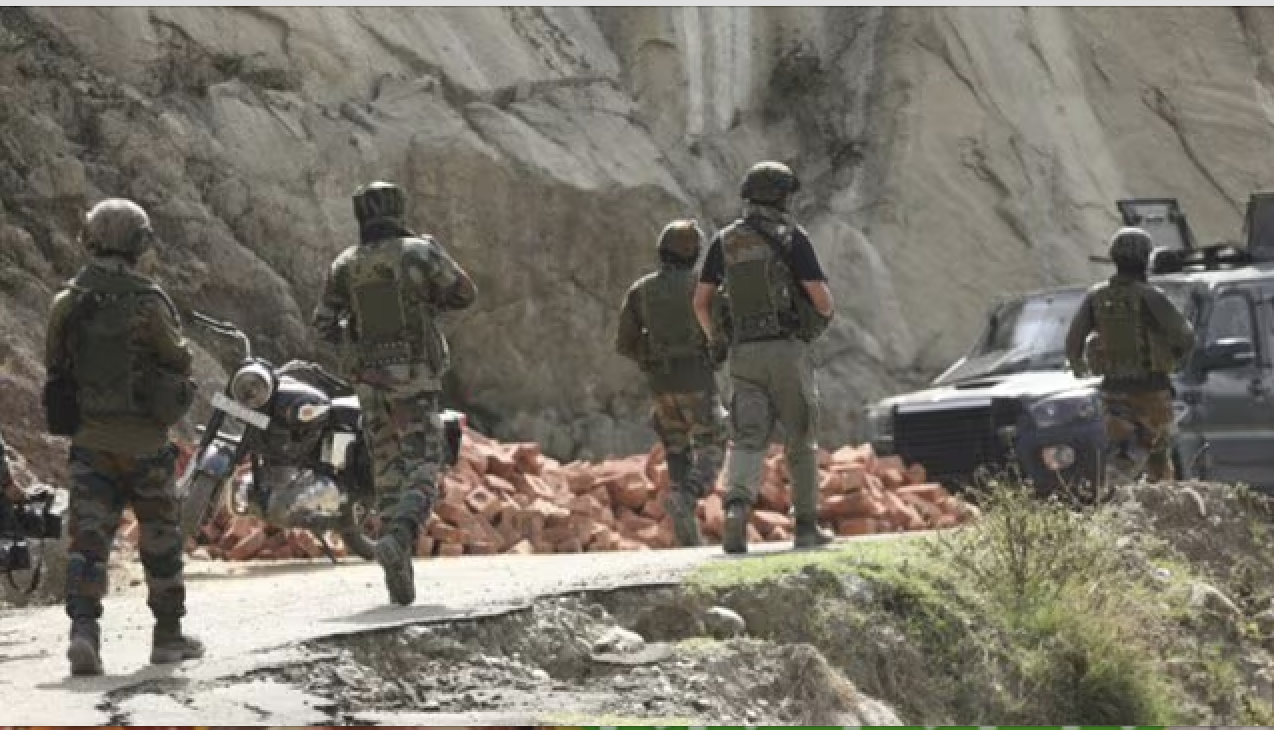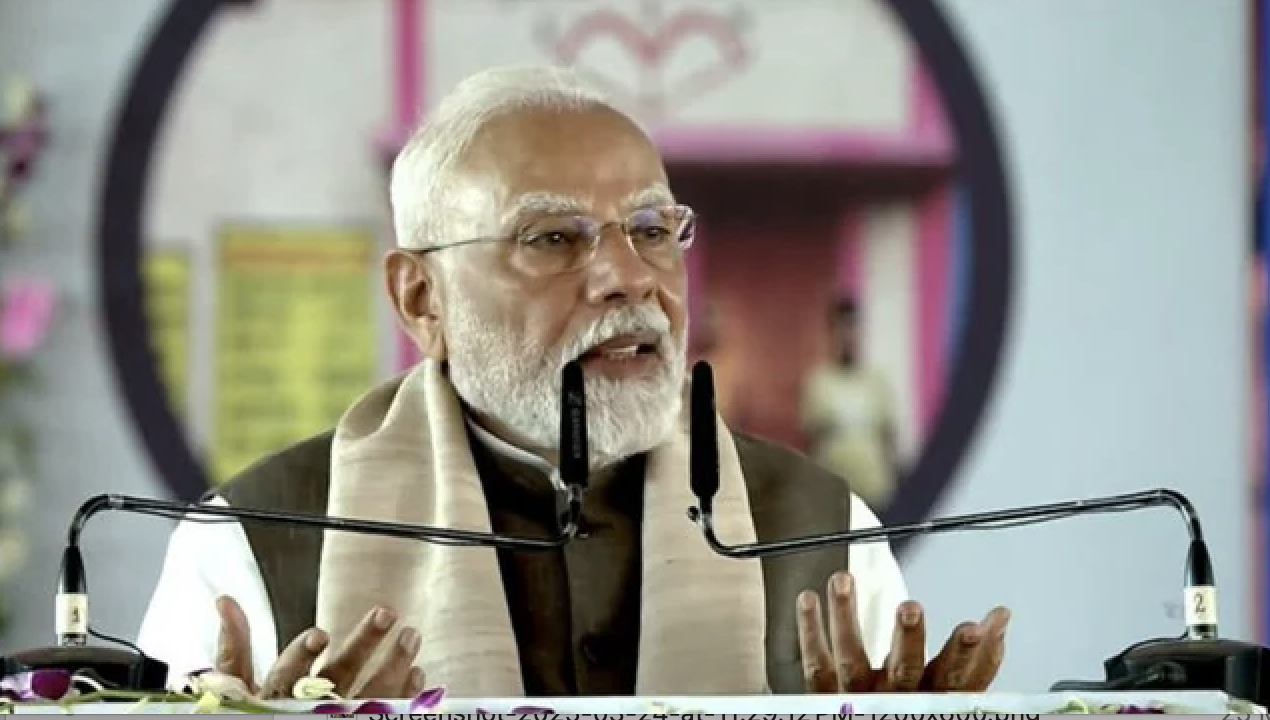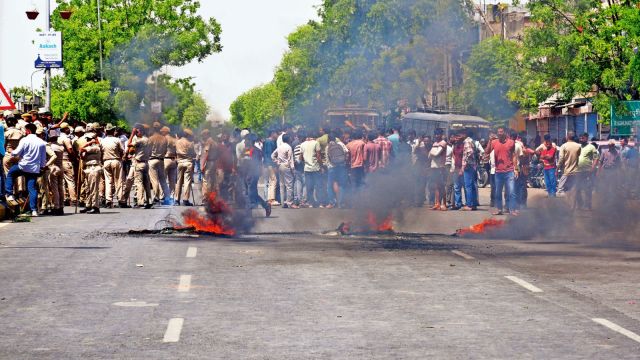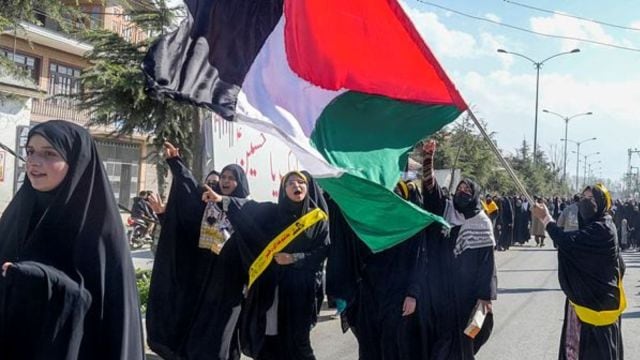
By Saima Afzal / Eurasia Review
Area-wise Gujarat is the fifth largest state in India and has a population of over 60 million. In 1960, Gujarat was formed by splitting Bombay state on linguistic lines. Indian National Congress retained power in Gujarat Legislative Assembly, from 1960 to 1995 while other political parties ruled for incomplete terms in the 1970s and 1990. Since 1998, the BJP is in power there and out of these 22 years Narenda Modi was Gujarat’s chief minister for 13 years from 2001 to 2014, till he became the prime minister of India. Modi assumed power as a Chief Minister of Gujarat in October 2001. Four months later, mass-scale riots were orchestrated in February-March 2002.
Seven decade have passed since India got independence from the British colonial rule and emerged as a secular state where religious, ethnic, and linguistic diversity prevails. Two hundred million Muslims reside in India that is one of the world’s largest Muslim populations but a minority in the predominately Hindu country. Since India’s independence, Muslims have faced systematic discrimination, prejudice, and violence, despite constitutional protections.
The 2002 Gujarat riots are considered as a most brutal acts in Indian history against Muslims in the state of Gujarat that continued for three days. The torching of a train carrying Hindu pilgrims sparked deadly communal riots across Gujarat on Feb. 27, 2002. The Sabarmati Express train was carrying the Hindu pilgrims who were returning to Ahmedabad from Ayodhya, holy site disputed between Muslims and Hindus. Most of the passengers were Hindu activists. There is no clarity that what sparked violence, which took place when the train was near the town Godhra. However, some reports indicates that the violence started after some of the Hindu travelers got into a fight with a Muslim tea seller at the railway station in Godhra. The train started again from the station but soon fire erupted and 58 Hindus were killed. It is still unclear whether the fire was deliberate or accidental.
However, it was blamed that Muslims brunt the Sabarmati train whereas reality is opposite, Narenda Modi, being a Chief Minister of Punjab, having a mindset of Hindutva ideology made it an excuse against Muslims. After 2002, Hindu extremists started campaign against Muslims of India under the patronage of BJP leader Narenda Modi that strengthen Hindus extremism politically, socially and culturally. Human Rights Watch’s 2021 reports also indicates that India is targeting minorities especially Muslims.
An inquiry commission reported in 2008 that the burning of the train was a “conspiracy” and Modi was failed to halt the violence and indirectly encouraged some of the Hindu rioters. There was also evidence to suggest the blaze began inside the train and that it was not fire-bombed. Zakia Jafri, the wife of late Congress leader Ehsan Jafri who was killed at Gulberg Society in Ahmedabad on February 28, 2002, claimed that the violence in the 2002 Gujarat riots was perpetrated through a “design” and Narendra Modi, the then Gujarat chief minister during the riots was responsible of all these massacres. The incident of train burning became a cause to pushed India’s Gujarat state into massive scale riots against Muslims.
During the slaughter in Ahmedabad and hundreds of other towns and villages, Hindu mobs rounded up and raped Muslim women. Hindu mobs also torched Muslim homes and businesses, killed Muslim men, women and children, and erased mosques and graves. According to official data, 790 Muslims and 254 Hindus were killed, while 223 people went missing and 2,500 others were injured. Human Rights organizations claim the numbers were much higher. Over 100,000 Muslims were pushed into the state’s ramshackle refugee camps, where basic amenities were minimal and living conditions abysmal.
Moreover, on 28 February 2002, just a day after the Sabarmati train burning, a mob of around 5,000 people killed 97 people in Naroda. In the riot that lasted over 10 hours, the mob looted, stabbed, gang-raped and burnt people individually and in groups. It was the “largest single case of mass murder” during the 2002 riots. In 2012, a special court convicted 32 people and acquitted 29 others. Notable convicted was Maya Kodnani, former Gujarat Women and Child Development Minister who was sentenced to 28 years in prison, and Bajrang Dal’s Babu Bajrangi, but later on they were released by the court.
Furthermore, the Gulbarg Society was a Muslim housing complex in a lower middle-class neighborhood, attacked by a Hindu mob. On February 28, a day after the train fire, rioters packed in trucks breached the boundary wall of the complex and set houses ablaze. They dragged people out and burned them alive. Many people had taken refuge in former Congress MP Ehsan Jafri’s house while he repeatedly tried to contact the police for help. He was also brutally killed by the Mob. It was one of the two biggest massacres during the riots. However, Gujarat towns Ahmedabad, Vadodara, and Godhra remained the most violence prone and these three turned out to be the worst sites of violence in March and April 2002.
In the case of Gujarat riots 31 accused were convicted and sentenced to life imprisonment by a lower court. The High Court which heard an appeal had upheld the life sentence of 14 offenders. Though the final verdict on appeals is still pending the bail has been granted in a break with precedence. It is noteworthy that in the prisons of India nearly two-thirds of the prisoners facing trail are from backward tribes or are Muslims. One-thirds of the prisoners are illiterate.
On January 28, 2020, the Supreme Court of India granted bail to 14 criminals involved in the Gujarat massacres of 2002. These were convicted after detailed hearings of several cases of murder that targeted hundreds of Muslims, including children and women. The role of the Indian judiciary has become highly questionable in this case. The released prisoners were not under trial detainees but convicted criminals held for murders. Earlier in 2019, the Supreme Court had granted bail to Babu Bajrangi who had played a pivotal role in those riots and killed over a 100 Muslims including children and women.
In Gujarat riots the anti-Muslim violence was an ideological victory for the Hindu nationalist. Prime Minister Narendra Modi’s BJP has not only failed to protect Muslims from attacks but also provide political patronage and cover for bigotry. India have adopted laws and policies that systematically discriminate against Muslims and India is not a safe place for minorities especially Muslims. Indian Judicial system is saffronise that failed to provide justice to the Muslims and convicted criminals of Gujarat riots who are freely moving in India. It is time that international community need to focus and pressurize India to equally treat minorities and their basic rights should be protected.
Keeping in view of the above discriminatory attitude towards minorities particular Indian Muslims, the current BJP led government creates resentment at mass level. Particularly the present government apartheid policies towards its minorities like the revocation of Article 370 of Indian held Kashmir, the ban on Hijab in the state of Karnataka, the former movement of Punjab and the list goes on. There are rising voices of resentment among the minorities off and on without resorting to particle violence. However, if the Modi government continued its discriminatory policies against minorities, it might result in destruction, polarization of the Indian society on communal lines and more important everlasting violence at mass level.
This article first appeared on eurasiareview.com






